Shift Towards Clean Label Products
The clean label movement, characterized by transparency in ingredient sourcing and production processes, is reshaping the stevia market. Consumers are increasingly demanding products with simple, recognizable ingredients, leading to a rise in the popularity of stevia as a natural sweetener. This shift is evident in the food and beverage industry, where brands are reformulating products to align with clean label principles. In the US, the clean label market is expected to grow by 10% annually, creating a favorable environment for stevia-based products. As consumers prioritize health and transparency, the stevia market stands to benefit from this trend, as it aligns with the demand for clean, natural ingredients.
Health Consciousness Among Consumers
The increasing awareness of health issues related to sugar consumption is driving the stevia market. Consumers are becoming more health-conscious, seeking alternatives to sugar that do not contribute to weight gain or chronic diseases. This trend is reflected in the growing demand for low-calorie sweeteners, with stevia emerging as a preferred choice due to its natural origin and zero-calorie content. In the US, the market for stevia-based products has seen a notable increase, with sales projected to reach approximately $500 million by 2026. This shift in consumer behavior indicates a significant opportunity for growth within the stevia market, as more individuals opt for healthier lifestyles and dietary choices.
Rising Popularity of Functional Foods
The trend towards functional foods, which offer health benefits beyond basic nutrition, is significantly influencing the stevia market. Consumers are increasingly seeking products that enhance their well-being, and stevia fits this demand as a natural sweetener with no calories. The market for functional foods in the US is projected to reach $275 billion by 2025, with stevia playing a vital role in this growth. As manufacturers incorporate stevia into functional food products, the stevia market is likely to expand, catering to the needs of health-oriented consumers. This trend suggests a promising future for stevia as a key ingredient in the evolving landscape of health-focused food products.
Regulatory Support for Natural Ingredients
Regulatory bodies in the US are increasingly supporting the use of natural ingredients in food and beverages, which positively impacts the stevia market. The FDA has recognized stevia extracts as safe for consumption, leading to a surge in product formulations that incorporate stevia as a sweetening agent. This regulatory endorsement not only boosts consumer confidence but also encourages manufacturers to innovate and expand their product lines. As a result, the stevia market is likely to experience accelerated growth, with an expected CAGR of around 8% over the next five years. This favorable regulatory environment is crucial for the expansion of stevia-based products in various sectors, including beverages, snacks, and dairy.
Innovation in Food and Beverage Applications
Innovation in food and beverage applications is a key driver for the stevia market. Manufacturers are exploring new ways to incorporate stevia into a variety of products, from beverages to baked goods, enhancing flavor profiles while maintaining health benefits. This trend is supported by advancements in food technology, allowing for improved formulations that utilize stevia effectively. The US beverage market alone is projected to grow by $50 billion by 2027, with stevia playing a crucial role in the development of low-calorie and sugar-free options. As innovation continues to thrive, the stevia market is likely to see an influx of new products, catering to diverse consumer preferences and dietary needs.


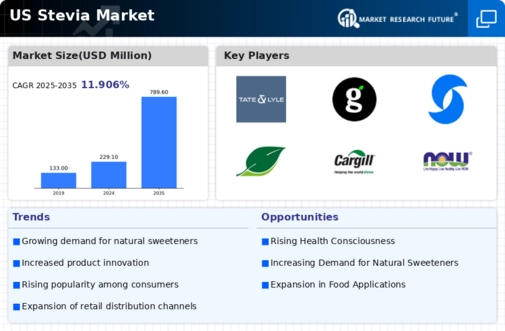
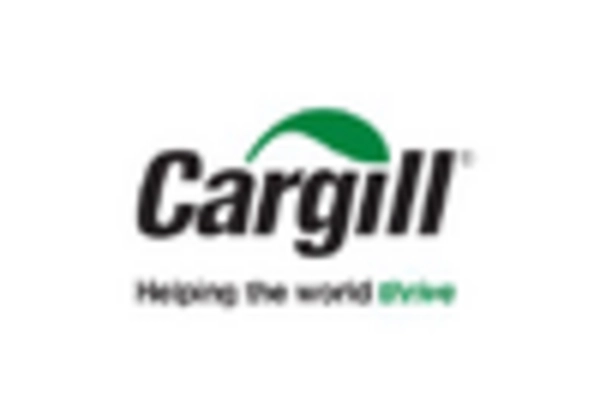
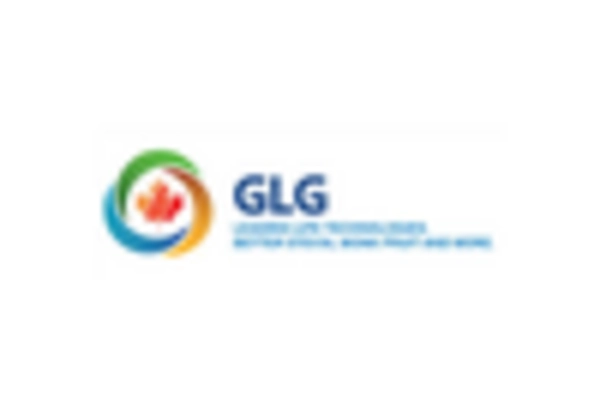

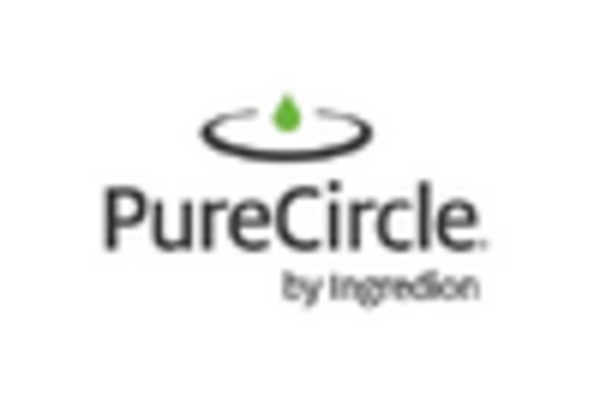
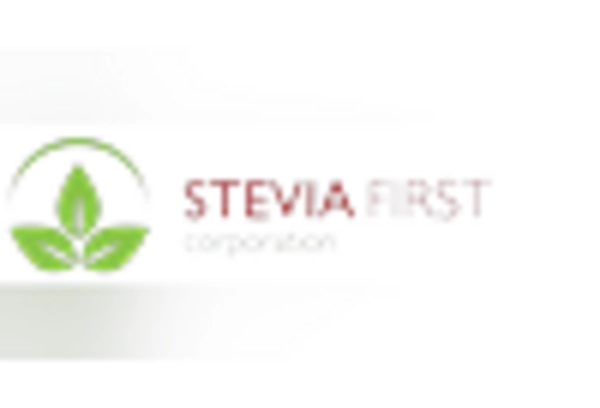
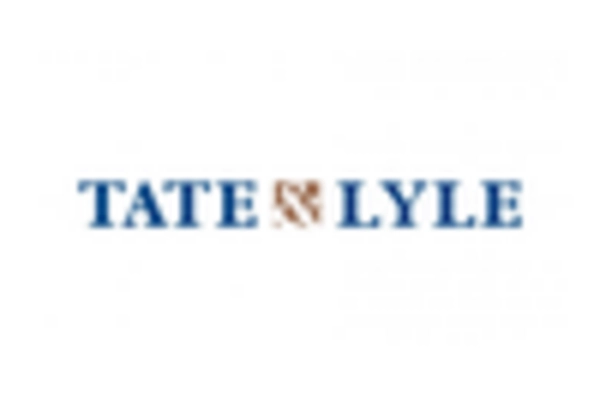








Leave a Comment